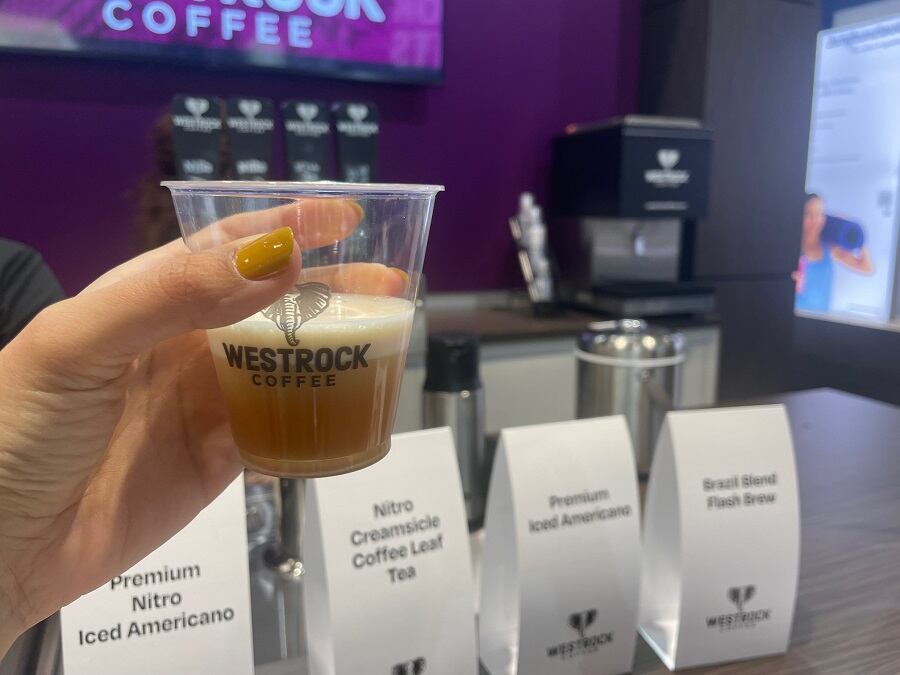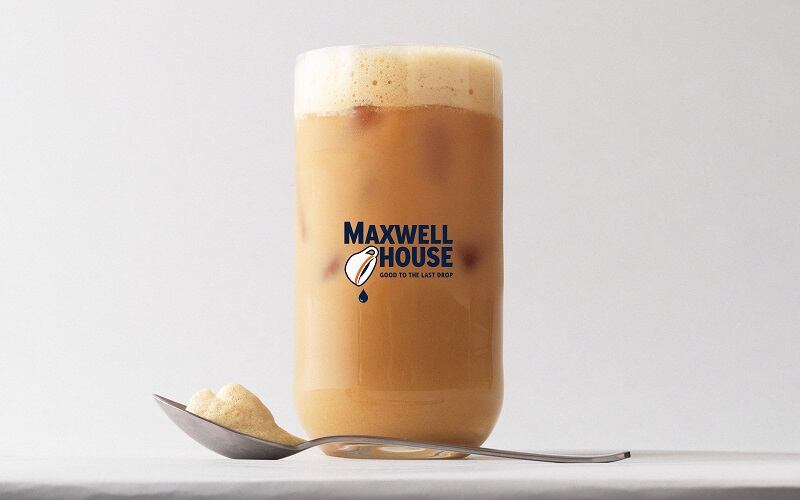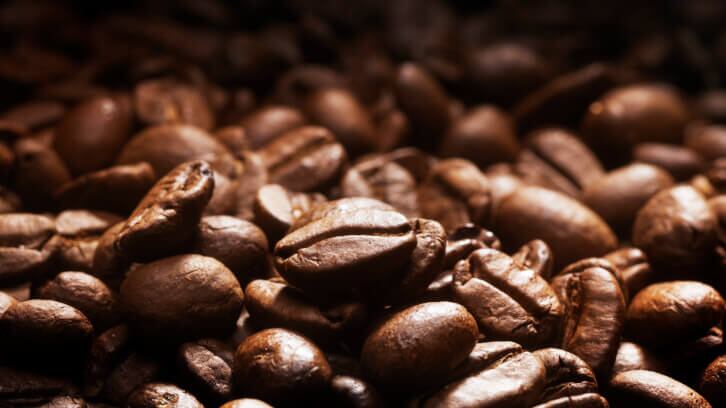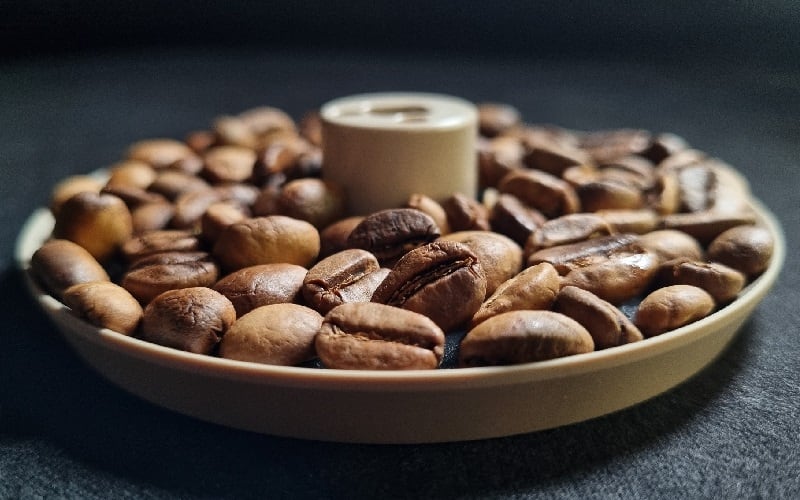Coffee’s transcendence from its African origins is as complex as its flavor and aroma profiles. As coffee plants and beans entered different civilizations, its preparation and flavor reflected the occasions, rituals and needs of its enamored drinkers. Today’s coffee consumers are not too different from their ancestors in that there is still a love of flavor and texture; but modern coffee has evolved to fit varied occasions.
With a move to its new headquarters in Little Rock, Ark., Westrock Coffee supplies coffee, tea, flavors, extracts and ingredients and RTD beverages to retail, foodservice and CPG industries. The company opened a logistics center in Concord, NC, and a 500,000 square foot facility in Conway, Ark., to “support long-term partnerships with flexible and contract manufacturing, packaging solutions and offering RTD bottles and cans,” Merritt added.
“We’re positioning ourselves to be the largest roasting facility in North America,” she said. This includes, “green beans from source to end and bottling for ready-to-drink products to our customers.”
The company featured a variety of coffees on tap during the show, including two nitro formats: Premium Nitro Iced Americano and Nitro Creamsicle Coffee Leaf Tea; and a Premium Iced Americano and Brazil Blend Flash Brew.
Rethinking coffee to meet consumers with different usage occasions
Merritt refers to the coffee commodities market, or C-market, to determine the stability of the industry. Its market fluctuations have witnessed as high as $3.35 to as low as 43 cents a pound, according to Capital.com. Given the last five years (2019-2023), Merritt explained that brands and retailers were forced to rethink how to deliver coffee to consumers whose consumption remained high but create different usage occasions—whether it’s working from home, returning to the office, or stepping out for an afternoon pick-me-up, among others, understanding the varied nuances of coffee drinkers drove Westrock Coffee to address these shifts.
As brands were forced to “pare down from seven to ten SKUs to three to five,” the question was how to deliver coffee where consumers are looking for value, Merritt explained.
RTD and cold brew coffee are still growing 14% from 2019-2023, she explained. Driven by usage occasions, convenience and customization, these segments shaped greater diversity in flavor, texture and packaging.
Further, Merritt highlighted the role of coffee concentrates as cost-efficient and sustainable solutions for consumers and brands.
“There's an environmental aspect to extracts [and] coffee concentrates [with] less trucks on the road, which means shipping less water, less freight costs and passing those savings on to our customers,” she elaborated.
Value-adds on packaging
Coffee culture values provenance, brewing methods and full flavor, and Westrock Coffee’s 10-hour brewing process is a value-add for brands whose strategy revolves around these qualities.
“Coffee drinkers know what they’re looking for as far as profile. So our job is to find a solution and provide that solution to see how we can capture it and reintroduce that flavor," she said.
“We’re returning back to basics to capture those elements versus something that might be instant,” she added.
Energy trends: natural and sustained coffee and coffee alternatives
As consumers seek natural and sustained energy sources in their beverages—from l-theanine and green tea extract to B vitamins and mushrooms—botanically-driven energy sources are competitive commodities.
Merritt explains that the competition between other ingredients and caffeinated coffee offers insight to coffee’s brewing and production process can create a sustained energy without the crash or digestive issues.
“Caffeine…has a somewhat pejorative relationship with consumers. In some cases, people are constantly needing that caffeine to sustain energy levels. We’re looking at ingredients that could potentially keep that energy level naturally, without the spike.”
She adds usage occasions, particularly the afternoon caffeine-fix, can help inform coffee’s role in this time frame.
“We’re tapping into what people are doing in the afternoon. There’s a whole group that tends to drop off. What are we going to be offering to sustain that group? Or how can we tap into that group to give them what they need and they didn’t even know about it?”
On the decaffeinated side, Merritt explains that consumers are concerned about the bean washing process and the adulteration risks. Decaffeinated processes “tend to eliminate some of those beautiful coffee aromas and attributes that people are used to consuming,” Merritt explained.
Processes like Swiss water, which soaks green beans for eight hours in a water solution followed by repetitive carbon filtering, are less invasive but more expensive, she said. “Our task is finding a value add that’s also a natural process.”
In lieu of other plant-based coffee alternatives, including the popular mushroom coffee powders and RTD, Merritt adds that these offer valuable insight from a functional standpoint, from antioxidants to digestive properties. “Anything that tethers consumers back to coffee to explore makes them better consumers. It forces us, as a coffee solutions provider, to stay ahead of the curve and stay relevant in the industry.




